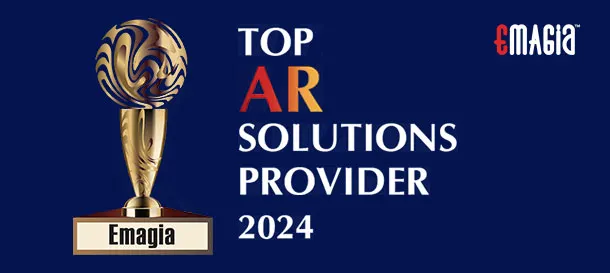Managing accounts receivable (AR) effectively is crucial for maintaining healthy cash flow and ensuring the financial stability of a business. This comprehensive guide delves into the concept of average accounts receivable, its calculation, significance, and best practices for optimization.
What is Average Accounts Receivable?
Average accounts receivable represents the average amount of money owed to a company by its customers over a specific period. It is a key metric used to assess the efficiency of a company’s credit and collection policies.
Definition and Importance
Average accounts receivable is calculated by taking the sum of the beginning and ending accounts receivable balances for a period and dividing by two. This metric provides insight into the average amount of outstanding receivables, helping businesses understand their credit risk and cash flow.
Calculation Formula
The formula for calculating average accounts receivable is:
Average Accounts Receivable = (Beginning Accounts Receivable + Ending Accounts Receivable) / 2
This calculation provides a baseline for analyzing trends in receivables and assessing the effectiveness of collection strategies.
The Role of Average Accounts Receivable in Financial Analysis
Average accounts receivable is integral to several financial ratios and analyses that evaluate a company’s operational efficiency and liquidity.
Accounts Receivable Turnover Ratio
This ratio measures how many times a company collects its average accounts receivable during a period. It is calculated as:
Accounts Receivable Turnover = Net Credit Sales / Average Accounts Receivable
A higher turnover indicates efficient collection processes, while a lower turnover may signal issues with credit policies or customer payments.
Days Sales Outstanding (DSO)
DSO indicates the average number of days it takes to collect payment after a sale. It is calculated as:
DSO = (Average Accounts Receivable / Total Credit Sales) × Number of Days
A lower DSO suggests quicker collections, enhancing cash flow.
Factors Influencing Average Accounts Receivable
Several factors can impact the average accounts receivable, including:
- Credit Policies: Lax credit terms may lead to higher receivables.
- Customer Payment Behavior: Delays in customer payments increase receivables.
- Economic Conditions: Economic downturns can affect customers’ ability to pay.
- Industry Standards: Different industries have varying norms for credit terms and payment cycles.
Best Practices for Managing Average Accounts Receivable
Effective management of average accounts receivable involves implementing strategies to expedite collections and minimize outstanding balances.
Establish Clear Credit Policies
Define credit terms and assess customer creditworthiness before extending credit. This reduces the risk of non-payment and ensures timely collections.
Invoice Promptly and Accurately
Send invoices immediately after delivering goods or services. Ensure invoices are accurate and include all necessary details to prevent disputes and delays.
Offer Incentives for Early Payments
Provide discounts for early payments to encourage prompt settlements. For example, a 2% discount for payments made within 10 days.
Implement Automated Reminders
Use accounting software to send automated payment reminders, reducing the likelihood of overdue accounts.
Monitor Accounts Regularly
Regularly review accounts receivable aging reports to identify overdue accounts and take timely action.
Train Staff on Collection Procedures
Ensure that staff handling collections are well-trained in communication and negotiation skills to handle delinquent accounts effectively.
How Emagia Enhances Accounts Receivable Management
Emagia offers advanced solutions to streamline accounts receivable processes, leveraging automation and analytics to improve efficiency.
Automated Invoicing and Collections
Emagia’s platform automates the invoicing process and sends timely reminders, reducing manual efforts and accelerating collections.
Real-Time Analytics
Gain insights into receivables through real-time dashboards and reports, enabling proactive decision-making.
Integration Capabilities
Emagia seamlessly integrates with existing ERP and CRM systems, ensuring a unified approach to receivables management.
Enhanced Customer Experience
By providing multiple payment options and transparent communication, Emagia enhances the customer payment experience, leading to improved satisfaction and loyalty.
Frequently Asked Questions
What is considered a good average accounts receivable turnover ratio?
A higher turnover ratio indicates efficient collection processes. While it varies by industry, a ratio between 5 and 10 is generally considered healthy.
How can I reduce my average accounts receivable?
Implementing strict credit policies, offering early payment discounts, and using automated reminders can help reduce average accounts receivable.
Why is monitoring average accounts receivable important?
Regular monitoring helps identify collection issues early, maintain cash flow, and assess the effectiveness of credit policies.
How does average accounts receivable affect cash flow?
Higher average accounts receivable can tie up cash, affecting the company’s ability to meet short-term obligations and invest in growth opportunities.
Can automation tools like Emagia really make a difference?
Yes, automation tools streamline invoicing and collections, reduce manual errors, and provide valuable insights, leading to improved efficiency and cash flow.
By understanding and effectively managing average accounts receivable, businesses can enhance their financial health and operational efficiency.



